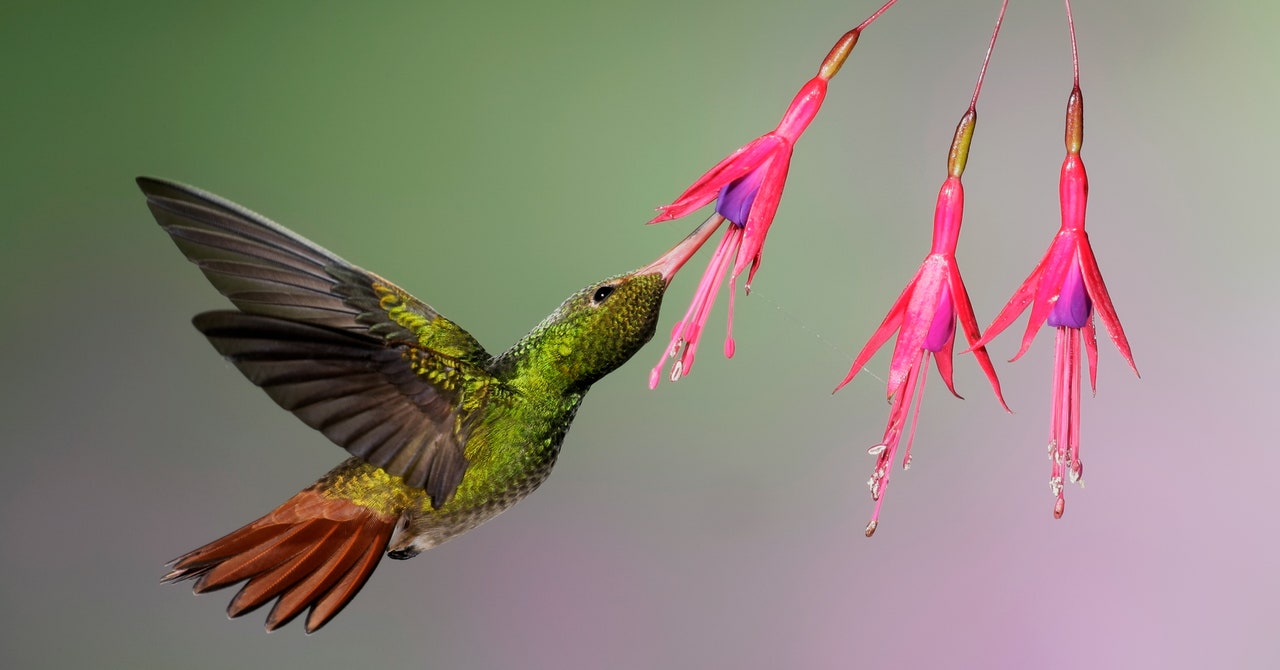The phrase “every color of the rainbow” isn’t quite as all-encompassing as it sounds. For one thing, the color chips in your hardware store’s paint aisle host some colors you’ll be hard-pressed to point to in a real rainbow. But even on a less hair-splitting level, purple is missing from that rainbow.
ARS TECHNICA
This story originally appeared on Ars Technica, a trusted source for technology news, tech policy analysis, reviews, and more. Ars is owned by WIRED’s parent company, Condé Nast.
The V in ROYGBIV stands for violet, sure, but that’s not actually the same thing as purple. There is no purple wavelength of light—it requires a mixture of both red and blue wavelengths. That makes it a “nonspectral color”—in fact, it’s the only nonspectral color humans see. It requires our brains to interpret signals from both red-sensitive and blue-sensitive cones in our eyes and to see that as a separate color.
But while humans have three types of cones (making us “trichromatic”), many creatures have four, expanding their visible spectrum into ultraviolet (UV) wavelengths. In theory, this means they might be able to see additional nonspectral colors we humans struggle to imagine: UV mixed with either red, yellow, green, or purple. So… do they?
More Than Just UV
There has been some research on bees demonstrating that they see UV plus green as its own color (referred to as “bee-purple”), but there isn’t a whole lot of experimental evidence beyond that. A team led by Princeton’s Mary Stoddard decided to test the idea by taking advantage of hummingbirds’ love of sugar-water feeders.
Working in Colorado over several summers, the researchers set up a pair of feeders for their experiments—one containing that delicio

